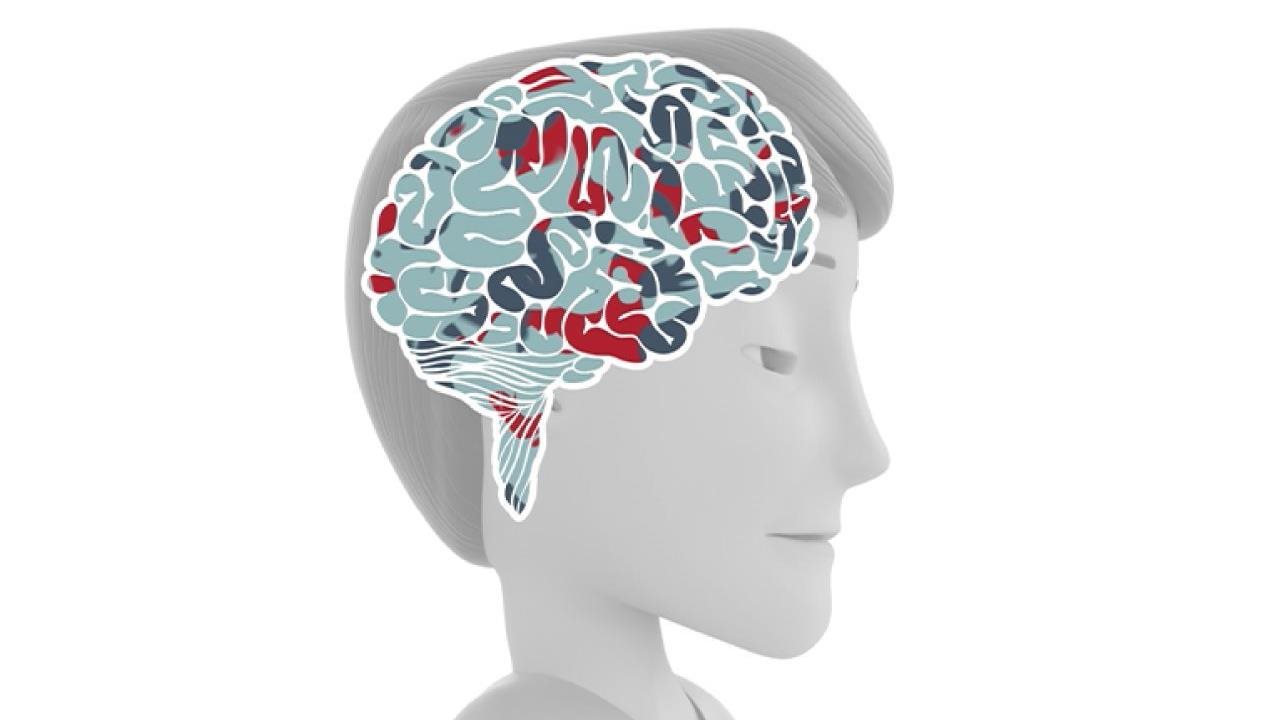2023-04-25T08:31:00
(BPT) – It’s easy to ignore feelings of tiredness and sleepiness during the day. For many people, these feelings may be a result of a poor night’s sleep; however, for others, excessive daytime sleepiness can be a sign of an underlying sleep disorder, like narcolepsy, which can impact and disrupt daily life.
Narcolepsy is a chronic neurological disorder, that can be life-altering and is oftentimes misdiagnosed. It is thought to affect approximately 165,000 people in the United States. All people living with narcolepsy have excessive daytime sleepiness (EDS), which can make staying awake and alert during the day a challenge. The urge to sleep may be so great that people living with narcolepsy may need to nap multiple times a day or fall asleep unintentionally.
The science of normal sleep and wakefulness
For people living with narcolepsy, the separate states of wakefulness and sleep do not work properly and can happen at the wrong time. To better understand narcolepsy, it is helpful to know what happens in the brain during normal wakefulness and sleep in those without narcolepsy.
Omavi Bailey, M.D., MPH, a somnologist, epidemiologist, and medical director practicing pediatric and adult sleep medicine at The BioRhythm Institute, explains, “There are three separate and distinct states of wakefulness and sleep: wake, non-REM sleep, and REM sleep. Normally, states of wakefulness and sleep occur one at a time in a regular pattern. People can stay awake all day and stay asleep at night, switching between non-REM sleep and REM sleep. This normal sleep pattern is characterized by specific physiological differences that allows individuals to stay awake and function during the day, building up their sleep drive that will eventually allow them to efficiently achieve proper sleep at night. Normal sleep goes through four or five cycles at night that progress from non-REM sleep to longer periods of REM or vivid dream sleep.”
Many naturally occurring chemicals in the brain play important roles in wakefulness and sleep. One of these chemicals, hypocretin, which is sometimes called orexin, plays a crucial role in stabilizing sleep and wake states. This is so that non-REM or REM sleep don’t impose themselves during wakefulness, causing excessive daytime sleepiness or cataplexy. Cataplexy is the sudden and brief loss of muscle strength or muscle tone often brought on by strong emotions such as laughter.
What happens in narcolepsy
In most people living with narcolepsy, hypocretin levels are low — sometimes too low to be detected. With low or no hypocretin, the separate states of wakefulness and sleep can happen at any time. People living with narcolepsy may feel sleepy or fall asleep during the day. “This is precisely why severe sleepiness and sleep attacks are experienced by those living with narcolepsy. A person living with narcolepsy can suddenly fall into a deep sleep in the middle of a conversation,” Dr. Bailey describes.
“For people living with narcolepsy, the brain also doesn’t always hold boundaries between states of sleep and wakefulness,” Dr. Bailey explains. “When this happens, some parts of sleep can interrupt wakefulness.” During normal REM sleep, muscle tone is absent and people are essentially paralyzed so they do not act their dreams. For people living with narcolepsy, REM sleep can suddenly impose itself during wakefulness, resulting in a sudden paralysis or inability to move certain muscles while awake (cataplexy).
The role of histamine in wakefulness
In addition to researchers understanding the importance of hypocretin, another naturally occurring chemical has also been found to be important for wakefulness: histamine.
Histamine plays many important roles in the body. In the brain, histamine works together with hypocretin to help people stay awake and alert throughout the day. Like hypocretin, it also helps prevent non-REM sleep and REM sleep from happening during the day.
Research has shown that histamine plays an important role in helping hypocretin produce long periods of wakefulness during the day. In narcolepsy, when hypocretin levels are low, histamine and other naturally occurring chemicals in the brain don’t work well enough, and wakefulness is reduced.
Dr. Bailey highlights that “researchers are encouraged by the community’s heightened understanding of the role histamine plays in stabilizing sleep-wake states and are hopeful to advance research in the future.”
If you’re interested in learning more about narcolepsy and the role of histamine, visit KnowNarcolepsy.com/Science-Of-Narcolepsy.
Know Narcolepsy is a registered trademark of Harmony Biosciences.
Harmony Biosciences name is a registered trademark.
© 2023 Harmony Biosciences. All rights reserved.
US-NAR-2200176/April 2023

